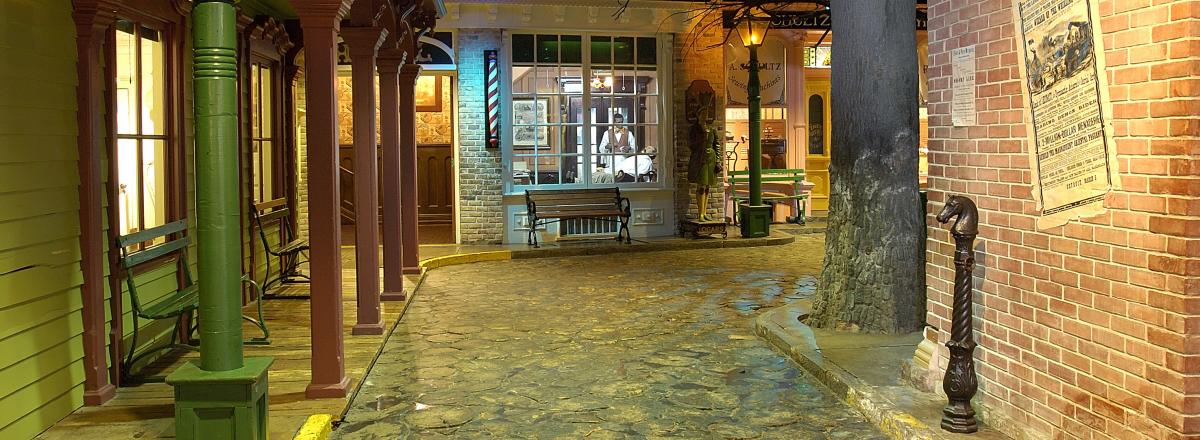
Cobblestone streets, 19th century stores, an auto assembly line, toy trains and a fur trading post from the 1700s are only a few of the wonders visitors see at the Detroit Historical Museum. For over 90 years, the Museum has chronicled the life and times of the region, safeguarding its rich history. Here is “the history of its history.”
The Founding of the Museum
The Detroit Historical Museum traces its origins back to attorney and historian Clarence M. Burton, whose 1914 donation of historical papers to the Detroit Public Library sparked a movement to preserve the city's history. In 1921, Burton and 19 local historians founded the Detroit Historical Society. By 1928, their efforts culminated in the establishment of the museum’s first location—a one-room suite on the 23rd floor of the Barlum Tower, making it the “highest museum in the world” at the time.
a new home at the corner of kirby and woodward
Despite challenges during the Great Depression, the museum gained momentum in the 1940s under the leadership of Detroit News columnist George W. Stark. Fundraising efforts raised over $250,000, leading to the city’s agreement to build and operate a permanent museum. On Detroit’s 250th anniversary, July 24, 1951, the Detroit Historical Museum opened its doors, becoming a cornerstone of the city’s cultural landscape. Throughout the mid-20th century, the museum flourished, hosting changing exhibits, educational programs, and events that solidified its role as a leading institution in the Midwest.
today and beyond
The museum entered a new era of transformation in the 1990s and early 2000s, with extensive renovations and the addition of major exhibits like Origins: Life Where the River Bends, America's Motor City, and The Streets of Old Detroit. In 2012, a grand reopening unveiled new permanent galleries, including Detroit: The Arsenal of Democracy, along with the outdoor Detroit Legends Plaza. Recent initiatives highlight the museum’s dedication to inclusivity and community-driven storytelling, such as Detroit 67: Looking Back to Move Forward, which explored the impact of the 1967 uprising. Another standout is the bi-annual The Hustle, an inspiring celebration of Black entrepreneurs in Detroit, showcasing their innovation, resilience, and vital contributions to the city’s history and economy. In 2024, the museum expanded its offerings with the City of Champions Gallery, a permanent tribute to Detroit's storied sports legacy. Today, the Detroit Historical Museum continues to honor and share the stories that define Detroit’s rich and diverse heritage.




